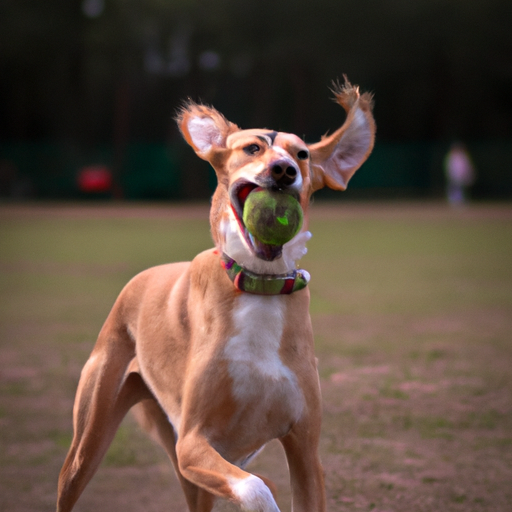As a dog owner, you’ve likely noticed your furry friend shake their head vigorously during play sessions. This behavior can seem odd, even worrying, but most of the time, it’s perfectly normal and part of their natural instinct. In this article, we’ll dive deep into why dogs shake their heads when they play, exploring the science behind this behavior, what it could mean, and when it might be a cause for concern.
- Understanding Canine Body Language
- Why Dogs Shake Their Heads When They Play
- What If Your Dog Shakes Their Head Too Much?
- Frequently Asked Questions
Key Takeaways:
- Dogs often shake their heads during play as a way to signal engagement and excitement.
- This behavior can also be an instinctual response tied to their predatory nature.
- Excessive head shaking outside of play could indicate a health issue that needs veterinary attention.
Understanding Canine Body Language
Before we delve into the specifics behind a dog’s head shake during playtime, it’s important to understand the broader context of canine body language. Dogs communicate largely through physical signals, and interpreting these correctly can provide valuable insights into their emotions, intentions, and well-being.
Dogs employ a wide range of behaviors during play, such as bowing, jumping, and yes, head shaking. These signals allow them to express joy, excitement, and engagement, making play not only a fun activity but also a crucial part of their social interactions.
Why Dogs Shake Their Heads When They Play
Shaking their heads during play is one of the many ways dogs express themselves. Here are some reasons why they might do this:
-
Predatory Instincts: Dogs are descendants of wolves, and some of their behaviors are deeply rooted in these ancestral instincts. Shaking is a common behavior seen in predators when they catch their prey. When your dog shakes their toy, they could be channeling these ancient instincts.
-
Playfulness and Excitement: Shaking their heads can also be a way for dogs to show their excitement and enthusiasm during play. This behavior can be seen when they’re particularly engaged with a toy or playmate.
-
Communication: Dogs use body language to communicate with their human companions and other dogs. A head shake can mean different things depending on the context, but during play, it usually signals that they’re having a good time and wish to continue the game.
What If Your Dog Shakes Their Head Too Much?
While head shaking during play is typically harmless, it’s crucial to monitor your dog’s behavior for any signs of distress or discomfort. Excessive or frequent head shaking outside of play could indicate an underlying health issue, such as ear infection, allergies, or a foreign object in the ear. If your dog’s head shaking is accompanied by scratching, redness, or an unusual odor, it would be advisable to consult a veterinarian.
Frequently Asked Questions
Q1: Why does my dog shake their head after playing?
A: Dogs might shake their heads after play to readjust their ears or as a way to “shake off” the excitement. If it’s frequent or intense, it could indicate discomfort and should be checked by a vet.
Q2: Is head shaking a sign of aggression in dogs?
A: During play, head shaking is usually not a sign of aggression. However, context is key. If the head shake is accompanied by growling, bared teeth, or stiff body language, it could signal aggression.
Q3: How can I tell if my dog’s head shaking is normal or a sign of a health problem?
A: Normal head shaking is typically sporadic and happens in specific contexts, like during play. If your dog is shaking their head frequently, especially outside of play, or showing signs of discomfort such as scratching or whining, it’s best to seek veterinary advice.
Interpreting your dog’s behaviors can be a fascinating journey of discovery. By understanding why your dog shakes their head during play, you enhance your bond and ensure that you’re providing the best care. For more insights on understanding your dog’s behavior, check out these articles on dog body language, why dogs wag their tails, and common dog behaviors explained.



